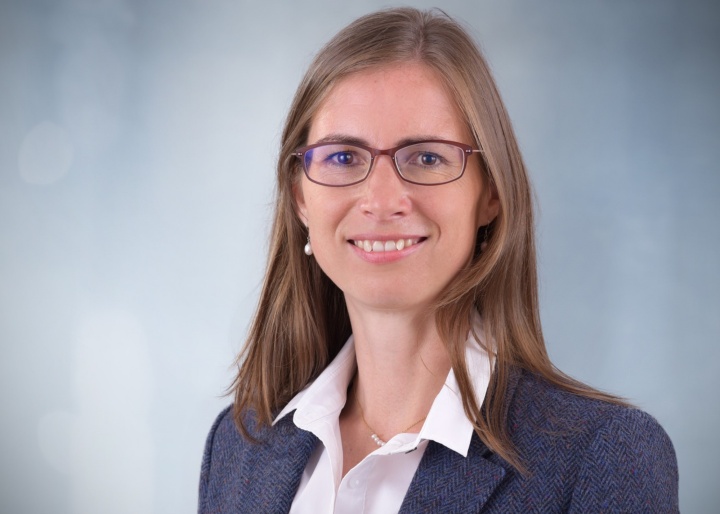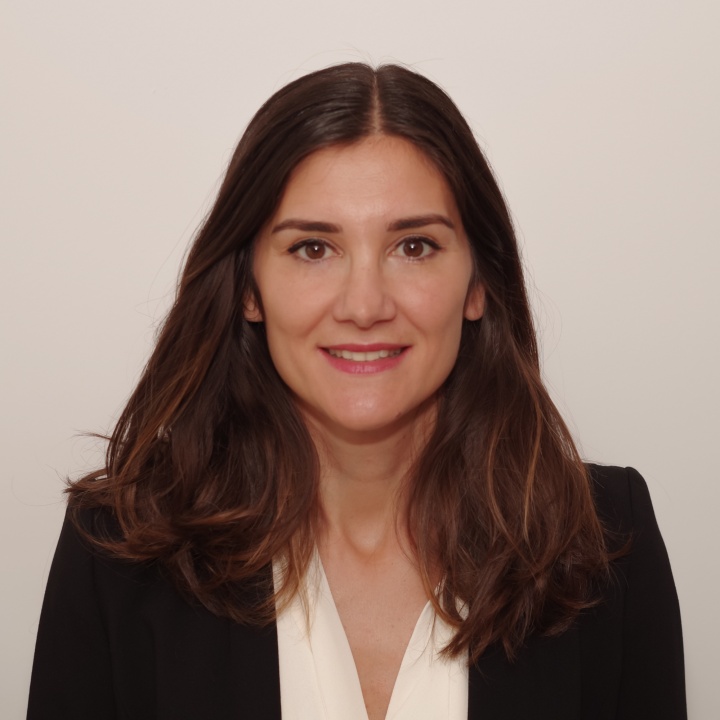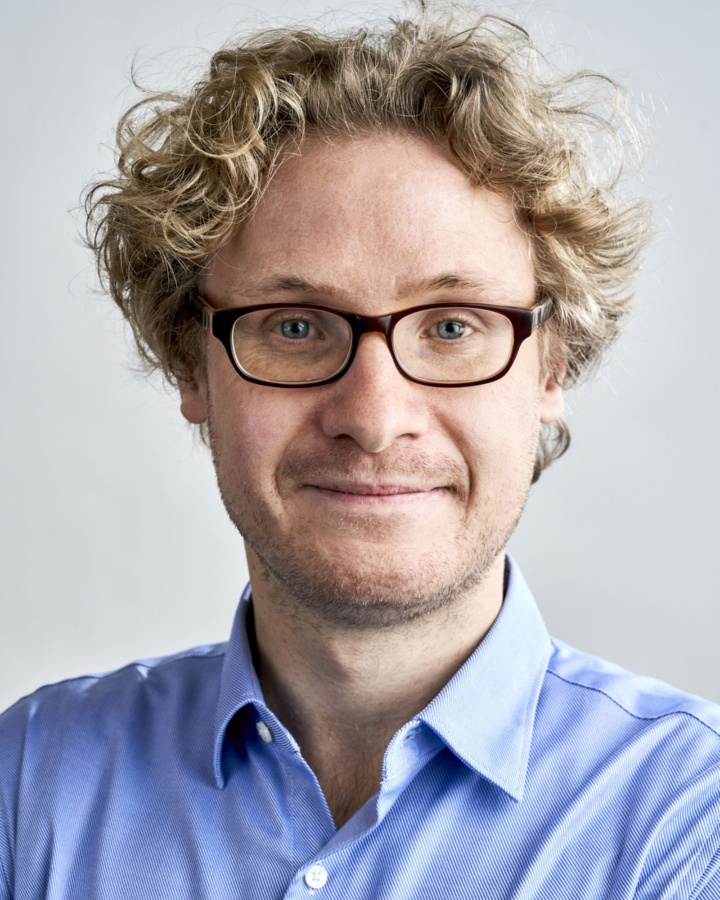Three early career researchers from the University of Stuttgart, Dr. Nina Engelhardt (English Literatures and Cultures), Dr. Serena Gambarelli (Building Materials Science, Building Chemistry, Building Physics) and Dr. Linus Stegbauer (Biomaterials) have been included in the Baden-Württemberg Foundation’s Elite Program for postdocs. The funding usually means that the researchers are able to become scientifically independent. They are completely free to pursue their research interests for the first time by means of research projects which they themselves are responsible for proposing and managing – an important step on the path towards becoming a professor.
The Baden-Württemberg Foundation has supported excellent researchers since 2002 through the Elite Program for postdocs, who have to go through a rigorous, multi-stage selection process to be accepted. A total of 14 out of 55 entries were successful in the last round of applications, of which three were from the University of Stuttgart. The successful applicants were awarded with a total of 1,773,800 euros in funding.
Dr. Nina Engelhardt: Literature and tolerance in the Victorian era
In public discourse, the word “tolerance” is mostly defined as respect, acceptance and recognition of other cultures. Though in actual fact, the term comes from the Latin word “tolerare", which means “to suffer” or to put up with something. Dr. Nina Engelhardt from the Institute of Literary Studies of the University of Stuttgart explores this issue in her research, and investigates the role of literary fiction in expanding the concept of tolerance. Her objective is to investigate the subject of tolerance in literature and the literary strategies used in visualizing the emotional, cognitive and physically crippling ‘suffering’ in the process of tolerance, as well as to define the role of literature in discourse on tolerance. Her research focuses on British literature in the 19th century. During this era, the concept of tolerance underwent a critical development away from a religious context towards questions of identity and its different manifestations, including ethnicity, gender and a general openness to change. Literary texts had an impact on this development, and were themselves shaped by it in turn.
Nina Engelhardt was born in 1984, studied Literature in Munich, Paris and Edinburgh, and completed her doctorate in English Literature in 2012. Following on from research and teaching posts in Edinburgh and Cologne, she has been a research assistant at the Department of English Literatures and Cultures at the University of Stuttgart since 2019.
Contact: Dr. Nina Engelhardt, Institute of Literary Studies / English Literatures and Cultures, Tel. +49 711 685-83096, E-mail
Dr. Serena Gambarelli: 3D hygro-thermo mechanical meso model for wood
The focus of Dr. Serena Gambarelli’s research at the Materials Testing Institute at the University of Stuttgart is on the computational mechanics of building materials and building methods, for which she is developing digital tools for the purpose of analyzing deterioration processes. One of these materials is wood, a complex organic material which isn’t only used in a number of engineering projects but also in objects of cultural interest such as sculptures or paintings. If wood is exposed to unsuitable environmental conditions such as changes in humidity and temperature or mechanical influences, this can lead to damage and impair its durability. As part of her project, Serena Gambarelli wants to understand and model the complex hygro-thermo-mechanical behavior of wood in order to preserve structures, historical buildings and artifacts. To do this, she builds on a 3D hygro-thermo-mechanical model for concrete, and develops it further within the framework of continuum mechanics and by using the finite element method for wood. The benchmarks here are the annual growth rings, the directional dependency of the properties of wood (anisotropy), as well as the firmness of the wood along its longitudinal axis. The transportation of water through the wooden fibers and pores is also taken into consideration.
Serena Gambarelli was born in 1984 and studied Civil Engineering in Rome, where she finished her doctorate in 2016 on modeling the interactions between fiber composite materials and concrete. She worked as a postdoc at the Institute of Construction Materials at the University of Stuttgart from 2016 to 2019 before moving to the Materials Testing Institute at the University of Stuttgart.
Contact: Dr. Serena Gambarelli, Materials Testing Institute, University of Stuttgart, Tel. +49 711 685-62753, E-mail
Dr. Linus Stegbauer: Investigating a bio-inspired structural composite material and its colonization by microalgae for future sustainable materials
The research project which Dr. Linus Stegbauer of the Institute of Interfacial Process Engineering and Plasma Technology (IGVP) at the University of Stuttgart is working on focuses on the development of bio-intelligent façade elements for the construction industry. These elements are fitted with a special biofilm which contains living microalgae.
These single-cell plants can store moisture and thus have a cooling effect, as well as absorbing, breaking down and exploiting pollutants in the air. When used in building façades they can therefore make a valuable contribution towards improving the urban climate, and as a consequence indirectly towards the indoor climate. This technology also offers huge potential for cost savings for the construction industry as well as for building operators – for example through reduced heating costs over the long term or the cost of air-conditioning thanks to the improved microclimate.
Also involved in the project alongside the Institute of Interfacial Process Engineering and Plasma Technology (IGVP) at the University of Stuttgart are Jun. Prof. Hanaa Dahy, Head of the BioMat Department (Biomaterials and Material Cycles in Architecture) from the Institute of Building Structures and Structural Design (ITKE) at the University of Stuttgart, as well as Dr. Ulrike Schmid-Staiger from the Fraunhofer Institute for Interfacial Engineering and Biotechnology (IGB). A biofilm is being developed at the IGVP which serves as both a home and a breeding ground for the algae. For the algae to grow, the film must be transparent enough to ensure that algae get the light they need, and it must also have a sufficient capacity to absorb water. At the same time, it also restricts the growth of the algae so that it cannot spread out of control.
Linus Stegbauer was born in 1986 and studied Chemistry in Munich and Oxford, before completing his doctorate in 2016 at the Ludwig-Maximilian University of Munich and the Max Planck Institute for Solid State Research in Stuttgart in the field of two-dimensional covalent organic frameworks as platforms for renewable energy and environmental applications. After a three-year research stay in Evanston, USA, he moved to the Institute of Interfacial Process Engineering and Plasma Technology (IGVP) at the University of Stuttgart in 2019 to take up the position of research leader.
Contact: Dr. Linus Stegbauer, University of Stuttgart, Institute of Interfacial Process Engineering and Plasma Technology (IGVP), Tel. +49 711 685-65595, E-mail




